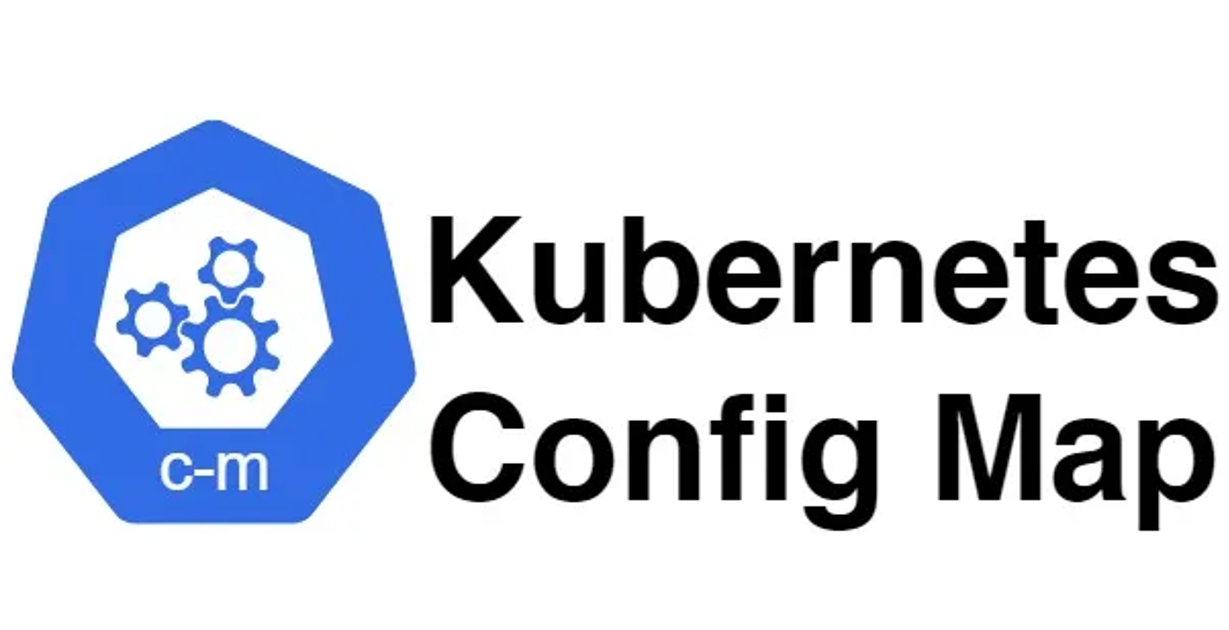Kubernetes - ConfigMaps
Dive into Kubernetes ConfigMaps
Kubernetes - ConfigMaps
Introduction
Kubernetes ConfigMaps are a core resource for managing application configuration data. They decouple configuration from application code, making your applications more portable, manageable, and scalable.
What is a ConfigMap?
- A ConfigMap is an API object used to store non-sensitive configuration data in key-value pairs.
- Applications running in Pods can consume this configuration data as environment variables, command-line arguments, or configuration files.
Key Features
Decoupling Configuration and Code: Changes to configuration do not require rebuilding application containers.Flexibility: Supports multiple ways of injecting data into applications.Dynamic Updates: When not immutable, ConfigMaps allow live updates to configurations consumed by containers.
Sample Example
- Here is a ConfigMap definition and how it can be consumed in a Pod:
- ConfigMap Definition
1 2 3 4 5 6 7 8
apiVersion: v1 kind: ConfigMap metadata: name: app-config namespace: default data: APP_ENV: "production" APP_PORT: "8080"
- Consuming ConfigMap in a Pod
1 2 3 4 5 6 7 8 9 10 11 12 13 14 15 16 17 18 19
apiVersion: v1 kind: Pod metadata: name: app-pod spec: containers: - name: app-container image: nginx env: - name: APP_ENV valueFrom: configMapKeyRef: name: app-config key: APP_ENV - name: APP_PORT valueFrom: configMapKeyRef: name: app-config key: APP_PORT
- Explanation:
- The
envsection specifies environment variables populated from the ConfigMapapp-config. - The keys
APP_ENVandAPP_PORTare injected as environment variables into the container.
- The
Immutable ConfigMap
- An immutable ConfigMap is a ConfigMap that cannot be changed after creation.
- This is useful for ensuring that configuration data remains consistent, reducing the risk of unintended changes or conflicts.
- Why Use Immutable ConfigMaps?
Performance Improvement: Kubernetes skips tracking changes for immutable ConfigMaps, resulting in better performance.Stability: Prevents accidental or unauthorized changes to configuration data.Best Practice: Ideal for production environments where stability is critical.
- To make a ConfigMap immutable, set immutable: true during creation:
1
2
3
4
5
6
7
8
9
apiVersion: v1
kind: ConfigMap
metadata:
name: example-configmap
namespace: default
immutable: true
data:
key1: value1
key2: value2
- Once an immutable ConfigMap is created, you cannot modify its contents. To update it, you must delete and recreate the ConfigMap.
Real-World Use Cases of ConfigMaps
Application Configuration
- Storing application settings, such as log levels, environment modes, or feature flags.
- Example: A Java application using a ConfigMap to define JVM options.
File Configuration
- Injecting configuration files into containers.
- Example: An NGINX web server using a ConfigMap to define its nginx.conf file.
1 2 3 4 5 6 7 8 9 10 11 12 13 14
apiVersion: v1 kind: ConfigMap metadata: name: nginx-config data: nginx.conf: | server { listen 80; server_name localhost; location / { root /usr/share/nginx/html; index index.html; } }
- Consuming in a Pod:
1 2 3 4 5 6 7 8 9 10 11 12 13 14 15 16
apiVersion: v1 kind: Pod metadata: name: nginx-pod spec: containers: - name: nginx-container image: nginx volumeMounts: - name: nginx-config-volume mountPath: /etc/nginx/nginx.conf subPath: nginx.conf volumes: - name: nginx-config-volume configMap: name: nginx-config
- Dynamic Configuration Updates
- Use ConfigMaps to update configurations dynamically (if not immutable) for scenarios like feature toggles or debugging modes.
- Shared Configuration Across Multiple Pods
- Store common configuration for multiple applications or services.
Best Practices for Using ConfigMaps
Use Immutable ConfigMaps: For production workloads to ensure stability and improve performance.Separate Sensitive Data: Use Secrets for sensitive information like passwords or API keys.Namespace Scoping: Keep ConfigMaps scoped to the required namespace to avoid accidental misuse.Version Control: Store ConfigMap YAMLs in version control systems for tracking changes.
Conclusion
ConfigMaps in Kubernetes provide a flexible and efficient way to manage application configurations. By decoupling configuration from code, they make your workloads more adaptable and easier to manage. With immutability options and multiple ways of consumption, ConfigMaps are a critical tool for building reliable, scalable applications in Kubernetes.
This post is licensed under CC BY 4.0 by the author.
